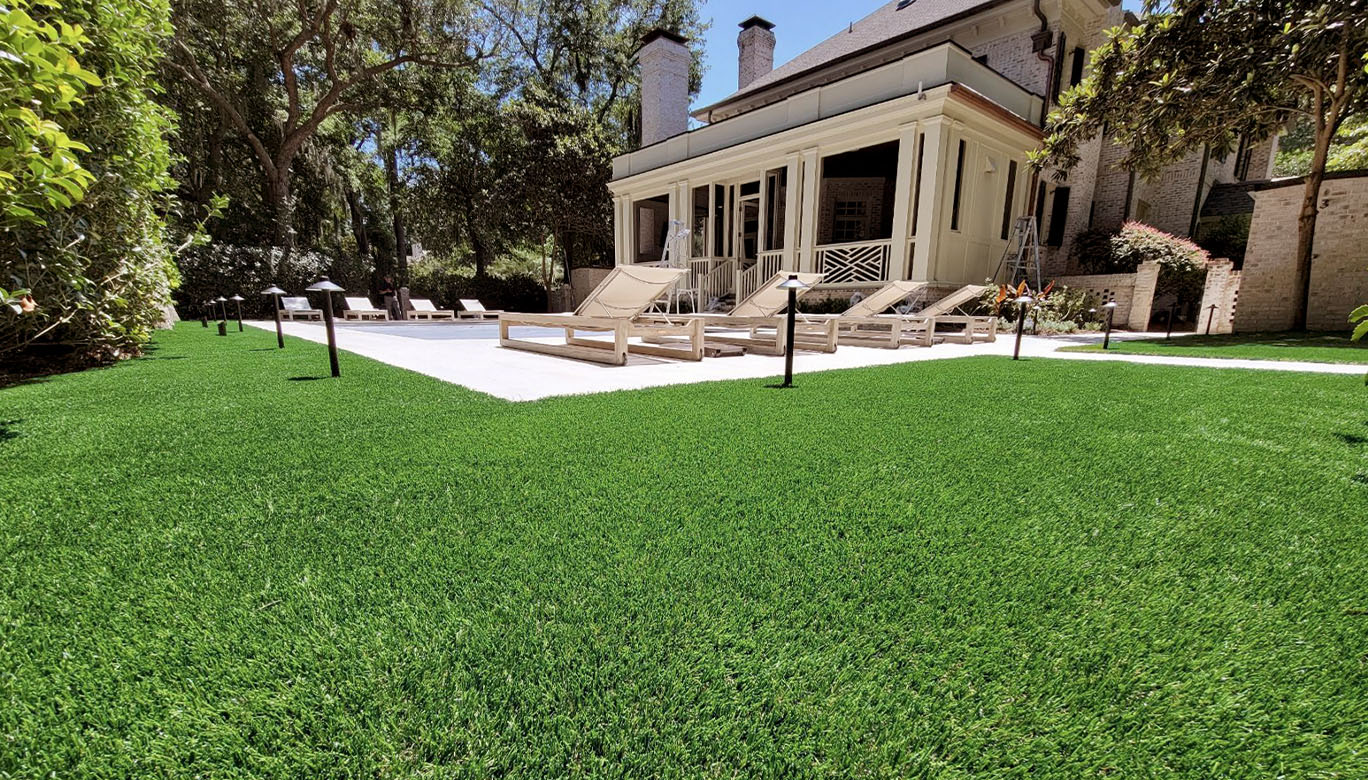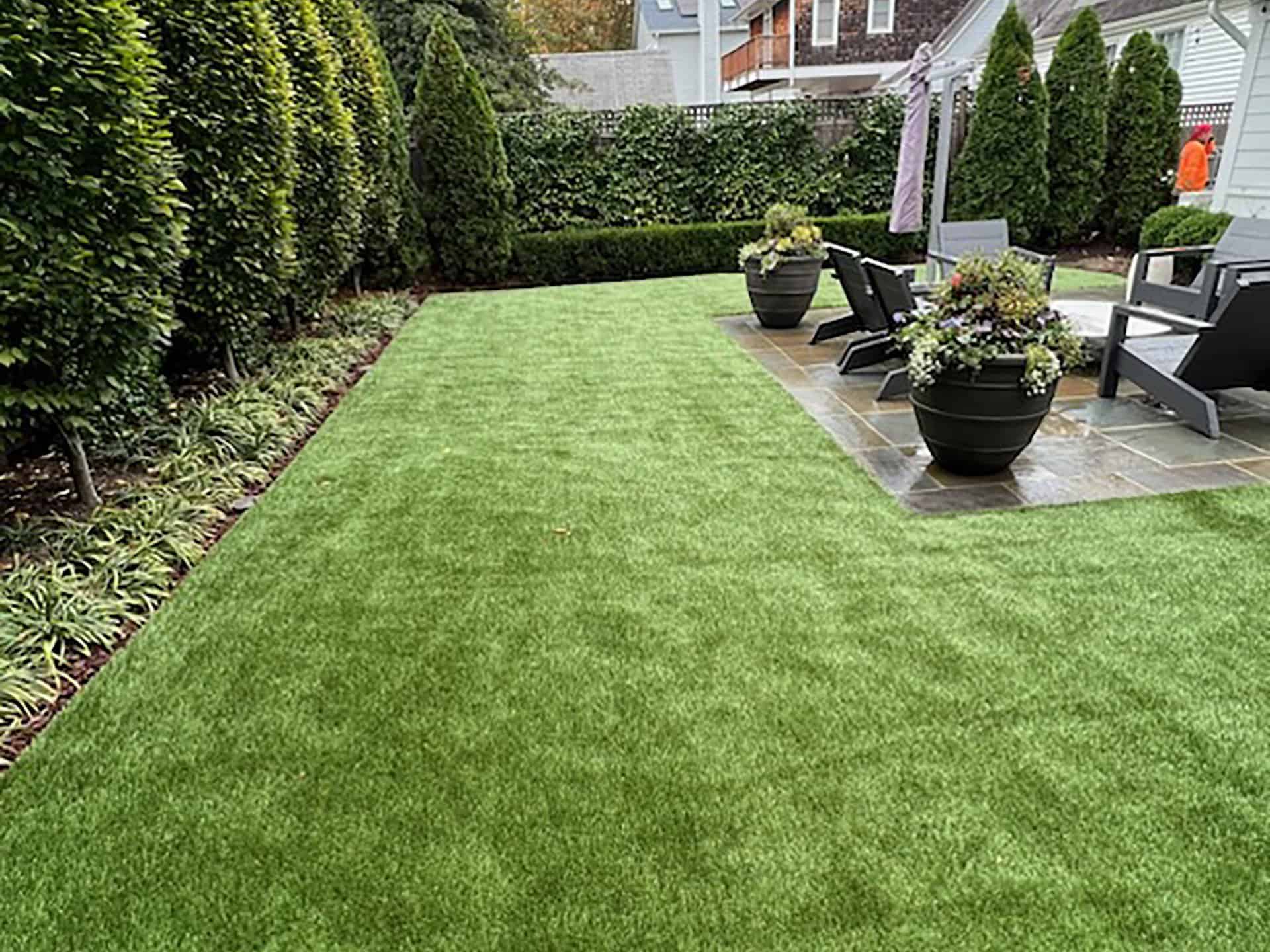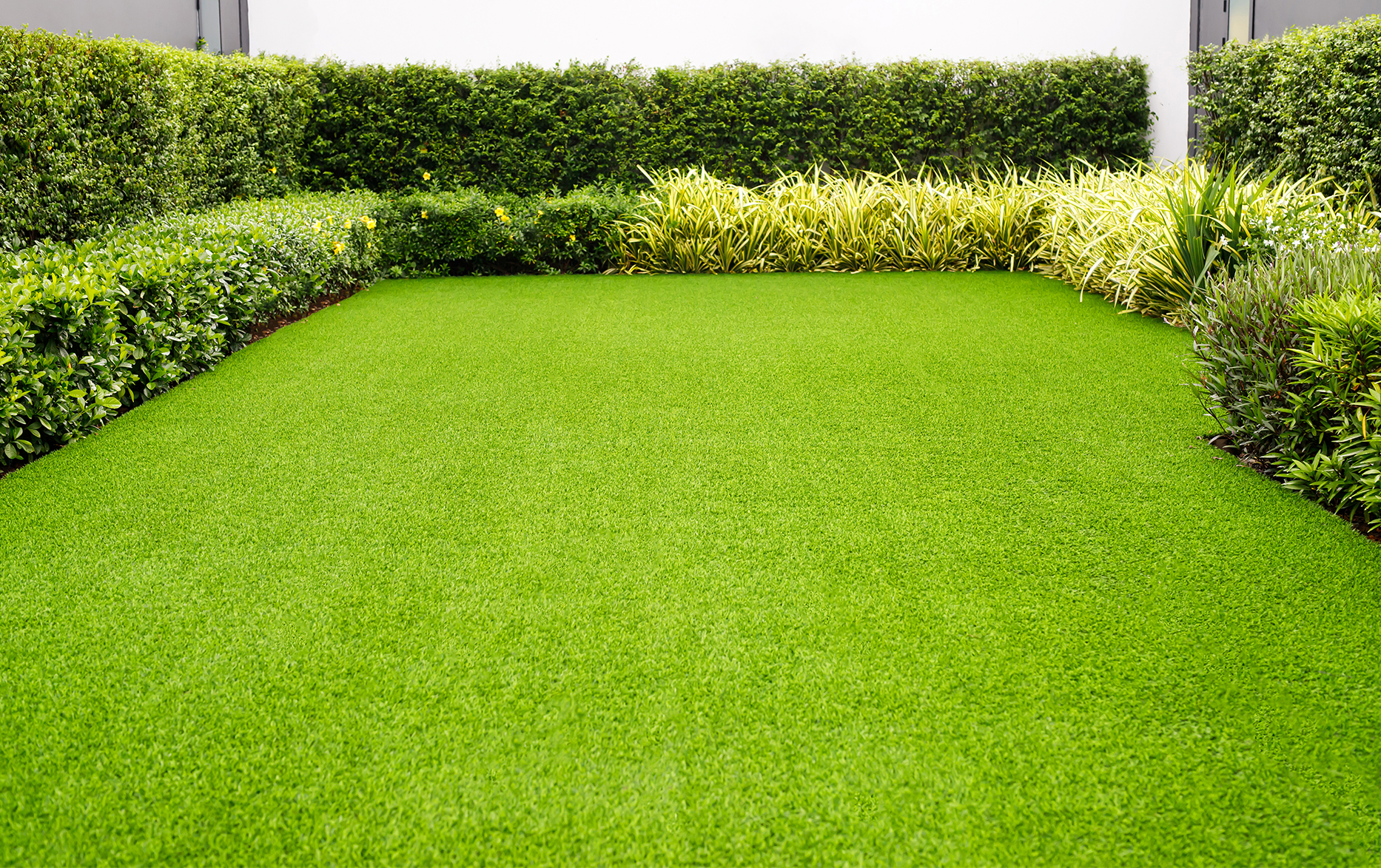Top-Grade Arizona Turf Solutions for a Attractive and Lush Landscape
Top-Grade Arizona Turf Solutions for a Attractive and Lush Landscape
Blog Article
Look Into the Environmental Conveniences of Opting for Artificial Lawn Solutions
The fostering of artificial turf solutions presents a compelling opportunity to resolve pressing ecological obstacles. By dramatically lowering water use and decreasing the application of hazardous chemicals, these choices not just promote sustainable landscaping however also protect local communities. Furthermore, the lower carbon impact connected with decreased maintenance tasks adds to a more lasting strategy to land administration. However, the effects of these benefits expand past mere preservation efforts, questioning regarding their lasting influence on habitat conservation and overall eco-friendly balance. Discovering these dimensions discloses a complex interaction worth thinking about.
Water Preservation Conveniences
One of the most significant benefits of fabricated grass is its capability to conserve water. In comparison, fabricated grass does not need watering, significantly decreasing the overall demand for water sources.
By eliminating the need for routine watering, synthetic grass adds to lasting landscape practices and assists reduce the environmental impact of extreme water usage. The preservation of water expands to the reduction of overflow, which can lead to dirt erosion and waterway pollution.
Additionally, the setup of fabricated turf allows communities and homeowners to assign water resources much more effectively, focusing on necessary usages such as alcohol consumption water and farming. The change in the direction of man-made grass not just promotes responsible water usage but also aligns with wider ecological objectives targeted at preserving natural deposits.
As areas significantly focus on sustainability, the water preservation benefits of synthetic turf offer a compelling instance for its fostering in commercial and domestic landscaping jobs.
Lowered Chemical Use
The shift to synthetic grass significantly lowers the dependence on chemical treatments commonly made use of in natural grass upkeep. Standard turf monitoring typically entails the application of pesticides, herbicides, and plant foods to promote development and control insects. These chemicals can pose dangers to human health, regional wildlife, and the setting, contributing to dirt and water contamination.
On the other hand, synthetic grass removes the requirement for these harmful compounds. As soon as set up, it calls for minimal upkeep, largely containing routine cleansing and irregular infill replenishment. This decrease in chemical use not only benefits the prompt environment however additionally contributes to wider ecological stability. By decreasing the release of artificial compounds right into the ecological community, synthetic grass advertises much healthier soil and water systems.
Moreover, the absence of chemical runoff connected with synthetic grass installments helps safeguard regional rivers from pollution, sustaining aquatic life and preserving biodiversity. Turf installation phoenix az. As areas progressively prioritize sustainable techniques, choosing synthetic grass provides a feasible solution that aligns with environmental conservation goals. Through this shift, building proprietors can appreciate lush environment-friendly rooms without jeopardizing environmental health, leading the way for a much more sustainable future
Reduced Carbon Footprint

Moreover, the setup of synthetic grass can cause considerable water preservation. Natural yards require substantial quantities of water for irrigation, which not only includes to the carbon footprint connected with water extraction and therapy yet likewise pressures neighborhood water resources. On the other hand, artificial turf requires very little maintenance, calling for no watering, therefore substantially minimizing water use and its associated power expenses.
Additionally, the durability of man-made turf adds to its reduced carbon effect. With a lifespan of approximately 15 years or even more, the need for constant substitutes is decreased, resulting in less waste and reduced energy intake in manufacturing and dealing with typical yard choices. Generally, synthetic grass offers a lasting option for ecologically aware landscape design.
Habitat Preservation
Environment preservation is a vital factor to consider in the discussion over landscape design choices, particularly when comparing synthetic grass to all-natural lawn. All-natural lawn yards often find out here call for substantial maintenance, including the usage of fertilizers, chemicals, and herbicides, which can adversely impact local communities. These chemicals can seep into the soil and waterways, damaging indigenous vegetation and animals and disrupting neighborhood environments.
Synthetic lawn eliminates the need for dangerous chemicals, thus securing close-by wildlife and keeping the honesty of surrounding communities. The setup of artificial lawn can lead to the conversion of previous turf areas into even more biodiverse landscapes, such as pollinator gardens or indigenous plant areas, which can support neighborhood wild animals.
Eventually, the change to synthetic grass not only saves water and decreases maintenance efforts yet also promotes a much more unified partnership in between human tasks and the native environment, promoting environment preservation at the same time.
Long-Term Sustainability
Long-term sustainability is a crucial variable in evaluating the benefits of man-made lawn over traditional grass yards. Among the most substantial advantages of synthetic grass is its longevity; it can last approximately 15-20 years with very little upkeep, whereas natural turf calls for constant reseeding and substitute. This long life reduces the demand for consistent sources, such as water, fertilizers, and chemicals, which are crucial for preserving a healthy yard lawn.
Additionally, synthetic turf adds to a reduction in carbon discharges connected with yard treatment equipment. Typical yards typically call for gas-powered lawn mowers, leaners, and blowers, all of which contribute to air contamination. Artificial turf companies phoenix. In comparison, synthetic grass gets rid of the demand for such tools, promoting a cleaner atmosphere
In addition, the production of synthetic grass significantly utilizes recycled materials, improving its sustainability profile. As producers embrace environment-friendly practices, the ecological impact of synthetic grass continues to diminish.

Verdict
The adoption of synthetic grass services presents substantial ecological advantages, consisting of considerable water conservation, lowered reliance on hazardous chemicals, and a reduced carbon footprint. Man-made turf aids in protecting natural habitats by decreasing land disturbance and advertising long-lasting sustainability via the usage of resilient products. Collectively, these elements highlight the possibility of fabricated lawn to add positively to environmental wellness and provide a feasible option to conventional landscape design methods in these details a significantly resource-conscious world.
In contrast, man-made grass does not require watering, considerably reducing the overall need more for water resources. By decreasing the release of artificial substances into the ecological community, fabricated grass promotes healthier dirt and water systems.
In addition, the installation of synthetic turf can result in substantial water conservation. In comparison, man-made lawn requires minimal upkeep, needing no watering, thereby significantly minimizing water usage and its connected power expenses.

Report this page